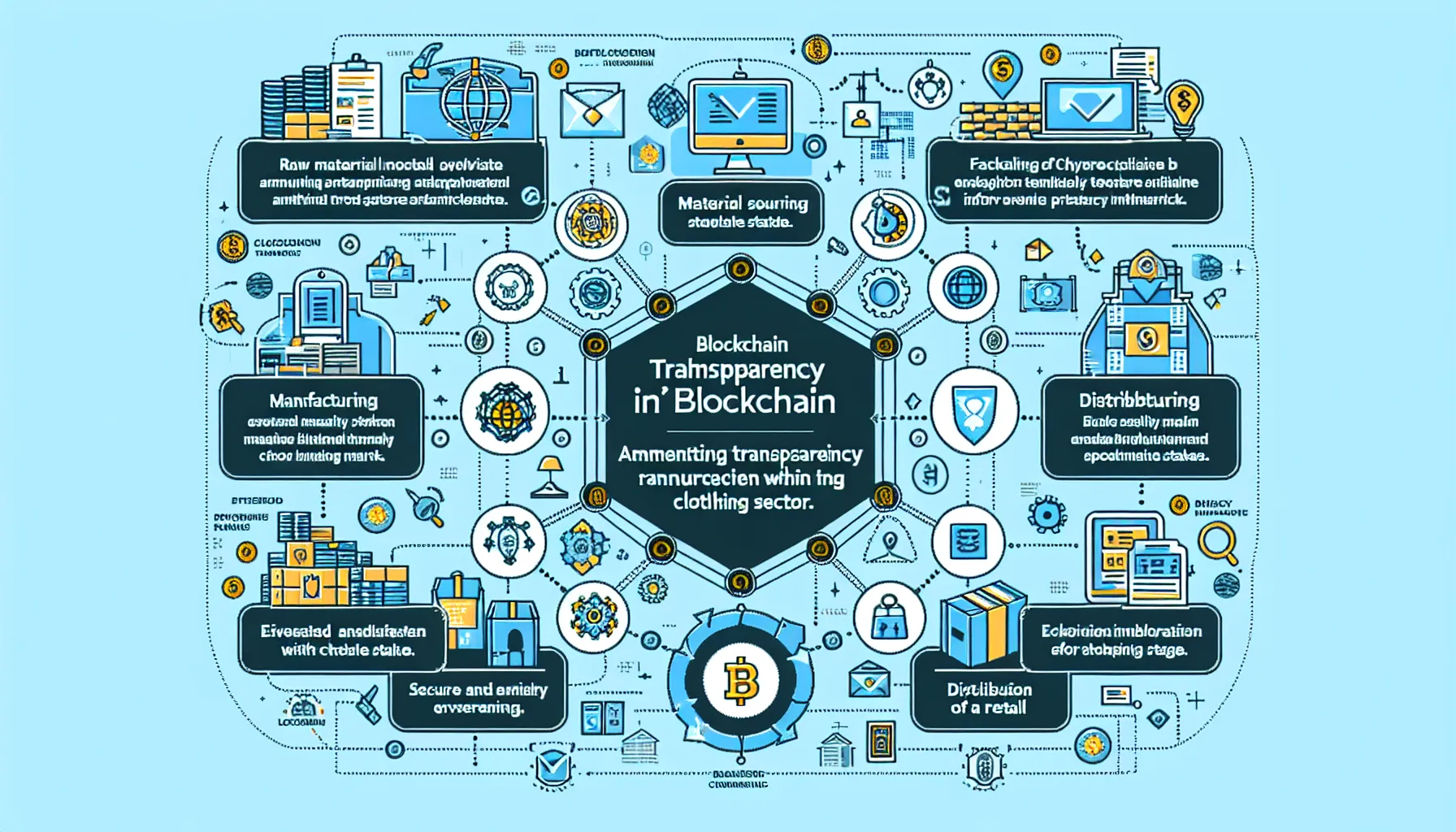Welcome to our IELTS Reading practice session focusing on the topic of “Telecommuting’s impact on office real estate markets.” This fascinating subject explores how remote work trends are reshaping the commercial property landscape. As an experienced IELTS instructor, I’ve crafted a comprehensive practice test to help you sharpen your reading skills while learning about this contemporary issue.
Table Of Contents
- IELTS Reading Test Structure
- Passage 1: The Rise of Telecommuting
- Questions 1-5
- Questions 6-10
- Passage 2: The Effects of Remote Work on Office Space Demand
- Questions 11-14
- Questions 15-19
- Passage 3: Long-term Implications for the Real Estate Market
- Questions 20-23
- Questions 24-26
- Questions 27-30
- Answer Key
- Passage 1
- Passage 2
- Passage 3
- Conclusion
 Telecommuting impact on office real estate
Telecommuting impact on office real estate
IELTS Reading Test Structure
Our practice test follows the standard IELTS Reading format, consisting of three passages of increasing difficulty:
- Passage 1 (Easy Text): An introduction to telecommuting and its rise
- Passage 2 (Medium Text): The effects of remote work on office space demand
- Passage 3 (Hard Text): Long-term implications for the real estate market
Each passage is accompanied by a variety of question types to test your comprehension and analytical skills. Let’s begin with the first passage.
Passage 1: The Rise of Telecommuting
Telecommuting, also known as remote work or work-from-home, has become an increasingly prevalent trend in recent years. This shift in work culture has been driven by advancements in technology, changing employee preferences, and, more recently, global events that have necessitated social distancing. The concept of telecommuting is not new; it has been around since the 1970s when the term was first coined by NASA engineer Jack Nilles. However, it has gained significant momentum in the 21st century.
The proliferation of high-speed internet, cloud computing, and collaborative software has made it possible for many jobs to be performed from virtually anywhere. This technological infrastructure has enabled employees to stay connected with their colleagues and access necessary resources without being physically present in an office. As a result, companies across various industries have begun to embrace remote work policies, either partially or fully.
The benefits of telecommuting are manifold. For employees, it offers greater flexibility, improved work-life balance, and reduced commute times. Employers, on the other hand, can benefit from reduced overhead costs, access to a wider talent pool, and potentially increased productivity. However, the widespread adoption of telecommuting has far-reaching implications beyond the immediate benefits to individuals and organizations.
One of the most significant impacts of the telecommuting trend is on the office real estate market. As more companies adopt remote work policies, the demand for traditional office spaces has begun to shift. This change has the potential to reshape urban landscapes, alter commuting patterns, and fundamentally transform the way we think about workspaces.
Questions 1-5
Do the following statements agree with the information given in the passage? Write
TRUE if the statement agrees with the information
FALSE if the statement contradicts the information
NOT GIVEN if there is no information on this
- Telecommuting has only become popular in the last few years.
- Jack Nilles, a NASA engineer, invented the concept of telecommuting in the 1970s.
- Cloud computing has made remote work more feasible.
- All industries have fully embraced remote work policies.
- Telecommuting always leads to increased productivity for employers.
Questions 6-10
Complete the sentences below. Choose NO MORE THAN TWO WORDS from the passage for each answer.
- Telecommuting has gained significant ___ in the 21st century.
- High-speed internet, cloud computing, and collaborative software form the technological ___ for remote work.
- For employees, telecommuting offers improved ___ balance.
- The adoption of telecommuting has implications beyond ___ benefits to individuals and organizations.
- The trend of remote work has the potential to ___ transform our concept of workspaces.
Passage 2: The Effects of Remote Work on Office Space Demand
The surge in telecommuting has precipitated a seismic shift in the demand for office real estate. As companies reevaluate their space requirements, the traditional model of expansive, centralized office buildings is being called into question. This change is not merely a temporary response to extraordinary circumstances but appears to be part of a long-term trend that is reshaping the commercial real estate landscape.
One of the most immediate effects of increased remote work has been a downsizing of office spaces. Many companies have found that they can operate efficiently with a smaller physical footprint, leading to a reduction in the square footage they lease or own. This trend is particularly pronounced in high-cost urban centers, where the potential for cost savings is most significant.
However, the impact on office real estate is not uniformly negative. While demand for large, traditional office spaces may be declining, there is a growing interest in flexible workspaces and satellite offices. These alternative models cater to the hybrid work arrangements that many companies are adopting, where employees split their time between home and office work.
The concept of the “hub-and-spoke” model is gaining traction, where companies maintain a central headquarters but also establish smaller, decentralized offices closer to where employees live. This approach aims to combine the benefits of remote work with the collaborative advantages of in-person interactions, while potentially reducing the need for long commutes.
Another emerging trend is the repurposing of office spaces. As demand for traditional offices wanes, property owners and developers are exploring ways to convert these spaces into residential units, mixed-use developments, or specialized facilities such as data centers. This adaptive reuse of commercial real estate is helping to mitigate the potential for widespread vacancies in urban areas.
The shift in office space demand is also influencing urban planning and development. Cities that have long been shaped by the daily influx of office workers are now grappling with the potential for reduced foot traffic and changes in transportation patterns. This has led to discussions about how to create more diverse, resilient urban environments that are less dependent on traditional office-centric models.
Questions 11-14
Choose the correct letter, A, B, C, or D.
-
According to the passage, the change in office space demand is:
A) A temporary response to current events
B) Limited to high-cost urban centers
C) Part of a long-term trend
D) Only affecting large companies -
The “hub-and-spoke” model refers to:
A) A centralized office structure
B) A completely remote work arrangement
C) A combination of central and satellite offices
D) A flexible workspace concept -
Property owners are responding to reduced demand for office space by:
A) Lowering rent prices
B) Closing down buildings
C) Exploring adaptive reuse options
D) Selling to residential developers exclusively -
The passage suggests that the shift in office space demand is:
A) Only affecting the real estate market
B) Having broader implications for urban planning
C) Causing widespread unemployment in cities
D) Increasing the need for public transportation
Questions 15-19
Complete the summary below. Choose NO MORE THAN TWO WORDS from the passage for each answer.
The increase in telecommuting has led to a (15) shift in office real estate demand. Many companies are (16) their office spaces, especially in expensive urban areas. However, there is growing interest in (17) workspaces and satellite offices to accommodate hybrid work models. The (18) of office spaces is becoming more common as property owners seek alternative uses for their buildings. These changes are influencing urban planning, as cities aim to create more (19) ___ urban environments.
Passage 3: Long-term Implications for the Real Estate Market
The paradigm shift towards remote work is not merely a transient phenomenon but a transformation that is likely to have enduring effects on the real estate market. As we delve into the long-term implications, it becomes apparent that the ripple effects of this change extend far beyond the immediate concerns of office occupancy rates and lease agreements.
One of the most significant long-term impacts is the potential decentralization of economic activity. Historically, urban centers have been the epicenters of commerce, with office towers serving as symbols of economic prowess. However, the rise of telecommuting challenges this model. As companies become less tethered to physical locations, we may witness a more distributed economic landscape. This could lead to the revitalization of suburban and rural areas, as knowledge workers seek out locations that offer a higher quality of life without the need for proximity to traditional business districts.
The concept of the “15-minute city” is gaining traction in urban planning circles. This model envisions neighborhoods where residents can access most of their daily needs within a 15-minute walk or bike ride. The shift towards remote work aligns well with this concept, as it reduces the necessity for long commutes and allows for more integrated live-work-play environments. Real estate developers and urban planners are increasingly considering how to create mixed-use developments that cater to this new paradigm.
Another long-term consideration is the evolving role of office spaces. Rather than disappearing entirely, offices are likely to be reimagined as collaboration hubs and centers for corporate culture. This evolution may lead to a qualitative shift in office design, with a greater emphasis on spaces that facilitate interaction, creativity, and team building. The office of the future may bear little resemblance to the cubicle farms of the past, instead featuring more open, flexible, and technologically integrated environments.
The shift towards remote work also has implications for residential real estate. As the home increasingly doubles as a workplace, there is growing demand for housing that can accommodate home offices. This trend could drive changes in residential architecture and interior design, with a premium placed on properties that offer dedicated workspace or flexible layouts. Additionally, we may see a migration away from expensive urban centers as workers seek more affordable locations, potentially leading to price adjustments in both urban and suburban housing markets.
The commercial real estate sector is likely to undergo significant restructuring in response to these trends. Real Estate Investment Trusts (REITs) that have traditionally focused on office properties may need to diversify their portfolios or pivot towards other asset classes. There may be increased interest in converting office buildings to other uses, such as residential or mixed-use developments, particularly in urban areas with high housing demand.
Furthermore, the rise of telecommuting could have profound implications for transportation infrastructure and urban mobility. With fewer daily commuters, cities may need to rethink their public transportation systems and road networks. This could lead to a reallocation of public resources and potentially reshape urban landscapes that have been designed around the needs of commuters.
In conclusion, the impact of telecommuting on office real estate markets is far-reaching and multifaceted. While challenges certainly exist, this shift also presents opportunities for innovation in urban planning, architecture, and real estate development. As we move forward, adaptability and foresight will be key in navigating this new landscape and creating built environments that meet the evolving needs of a remote-work-enabled society.
Questions 20-23
Choose the correct letter, A, B, C, or D.
-
According to the passage, the long-term effect of remote work on economic activity is likely to be:
A) Increased centralization in urban areas
B) A more distributed economic landscape
C) The complete abandonment of cities
D) Exclusive growth in rural areas -
The “15-minute city” concept is mentioned as an example of:
A) A new type of office building
B) An urban planning model aligned with remote work trends
C) A transportation system for commuters
D) A suburban development strategy -
The passage suggests that future office spaces will likely:
A) Remain unchanged from their current form
B) Be eliminated entirely
C) Focus more on collaboration and corporate culture
D) Revert to cubicle-based designs -
The impact of remote work on residential real estate is predicted to include:
A) A decrease in home sizes
B) Increased demand for homes with dedicated workspaces
C) The elimination of suburban housing
D) A preference for high-rise urban living
Questions 24-26
Complete the sentences below. Choose NO MORE THAN TWO WORDS from the passage for each answer.
- The commercial real estate sector is expected to undergo significant ___ in response to remote work trends.
- Real Estate Investment Trusts may need to ___ their portfolios to adapt to changing market conditions.
- The rise of telecommuting could lead to a ___ of public resources related to transportation infrastructure.
Questions 27-30
Do the following statements agree with the claims of the writer in the passage? Write
YES if the statement agrees with the claims of the writer
NO if the statement contradicts the claims of the writer
NOT GIVEN if it is impossible to say what the writer thinks about this
- The shift towards remote work will completely eliminate the need for office spaces.
- Residential architecture may change to accommodate the needs of remote workers.
- All cities will adopt the “15-minute city” model within the next decade.
- The impact of telecommuting on real estate markets presents both challenges and opportunities for innovation.
Answer Key
Passage 1
- FALSE
- FALSE
- TRUE
- FALSE
- NOT GIVEN
- momentum
- infrastructure
- work-life
- immediate
- fundamentally
Passage 2
- C
- C
- C
- B
- seismic
- downsizing
- flexible
- repurposing
- diverse, resilient
Passage 3
- B
- B
- C
- B
- restructuring
- diversify
- reallocation
- NO
- YES
- NOT GIVEN
- YES
Conclusion
This IELTS Reading practice test on “Telecommuting’s impact on office real estate markets” has provided a comprehensive exploration of this timely topic. By engaging with these passages and questions, you’ve not only enhanced your reading comprehension skills but also gained valuable insights into the changing landscape of work and its effects on urban development and real estate.
Remember, success in the IELTS Reading test comes from regular practice and developing strategies to tackle different question types efficiently. Keep honing your skills, and you’ll be well-prepared for the actual exam. Good luck with your IELTS preparation!


